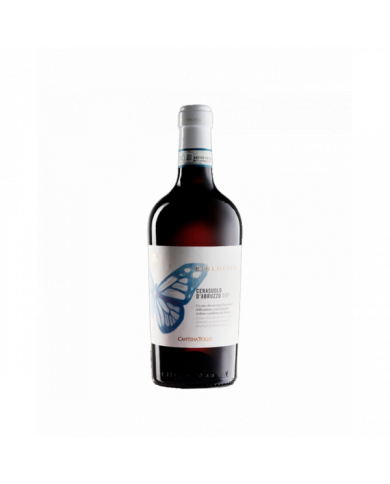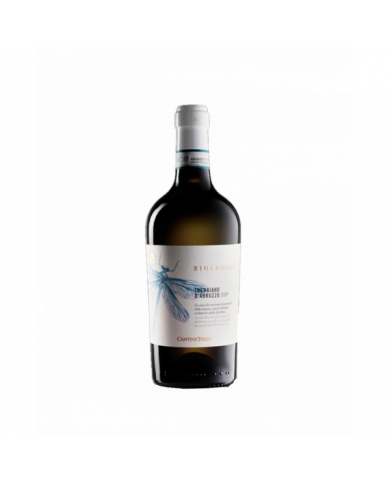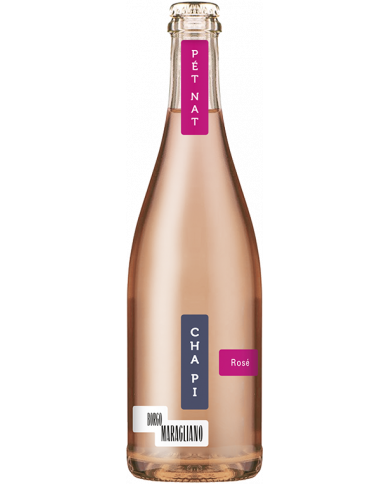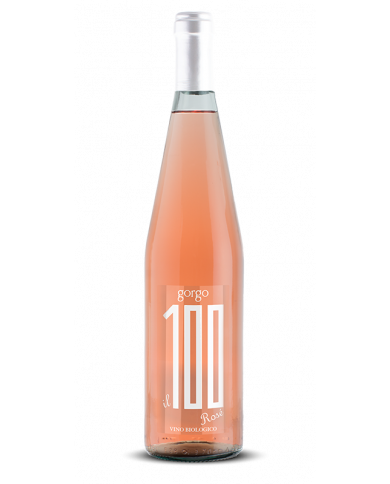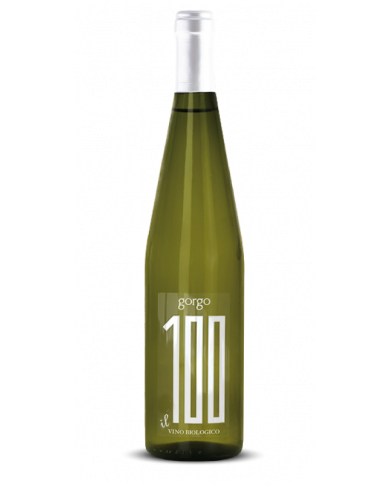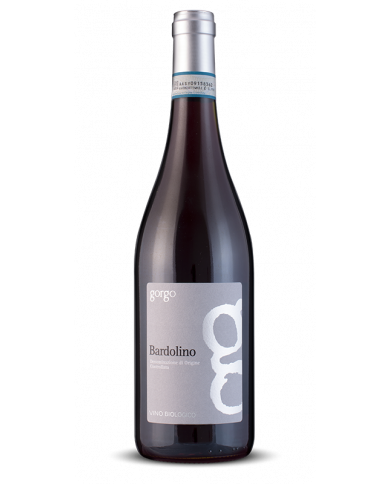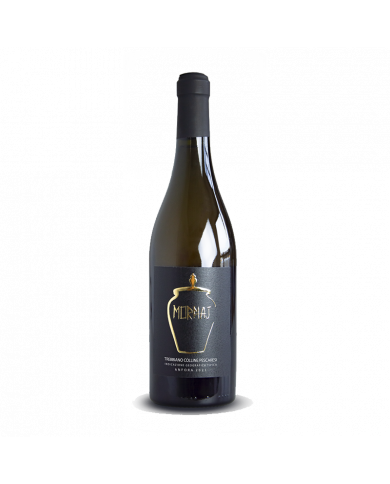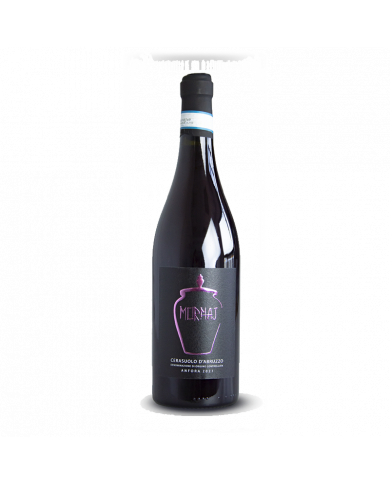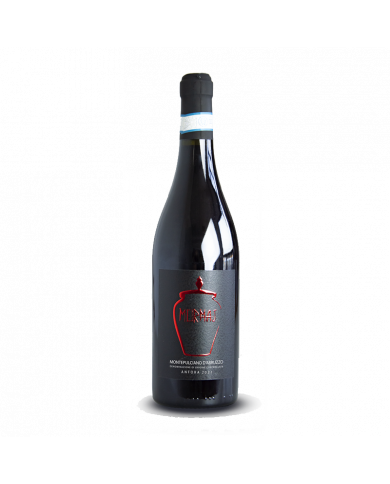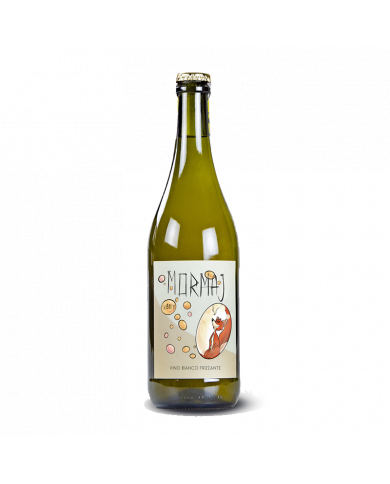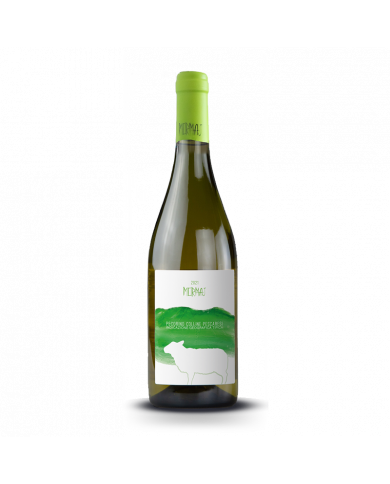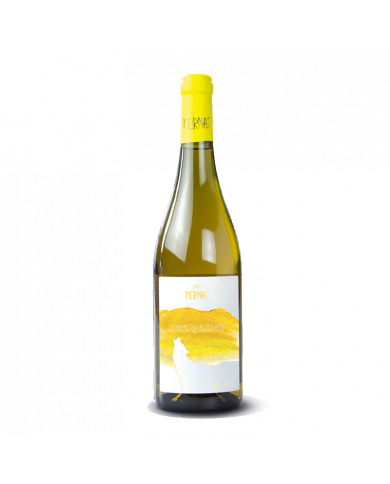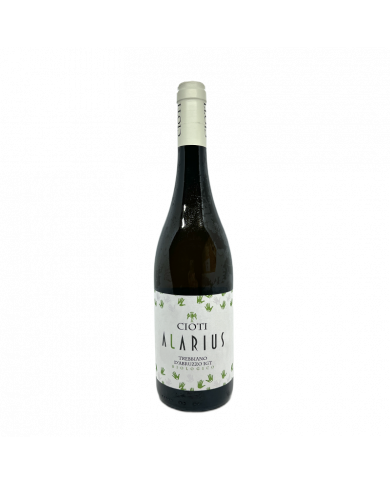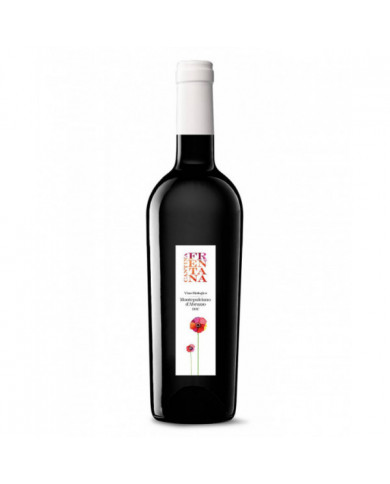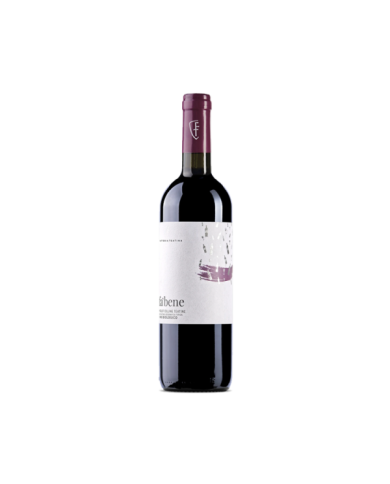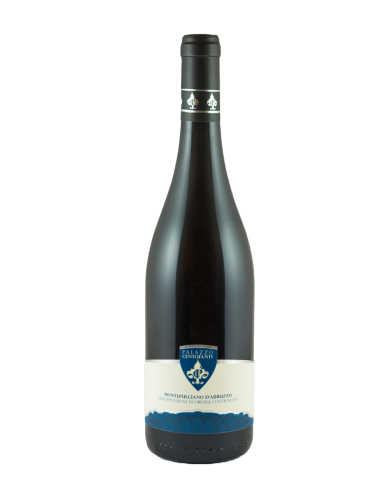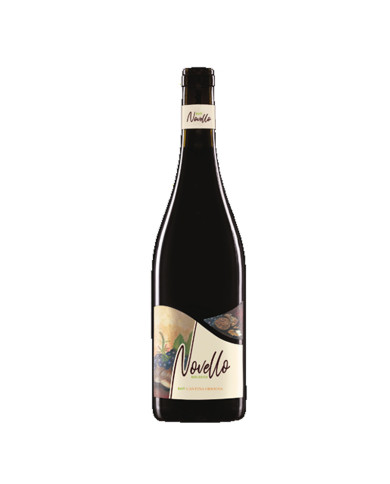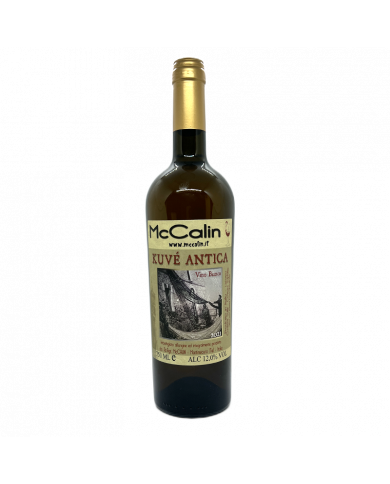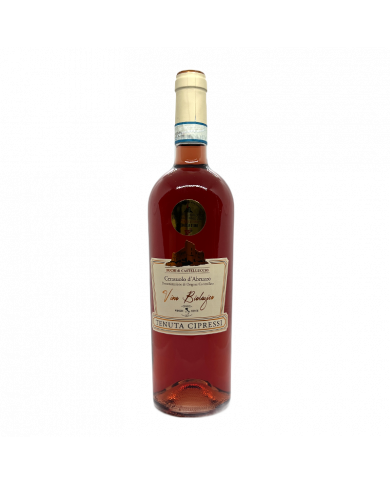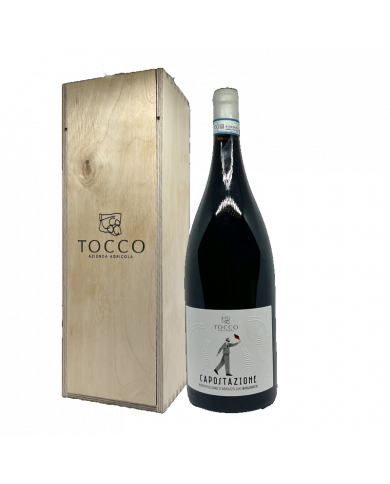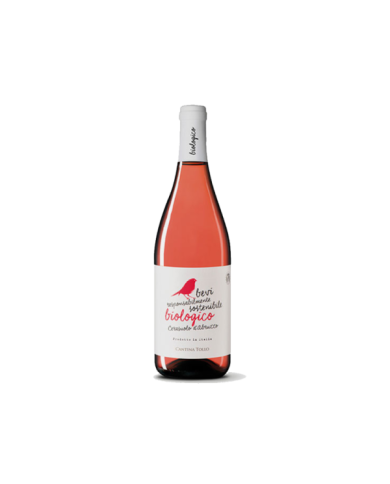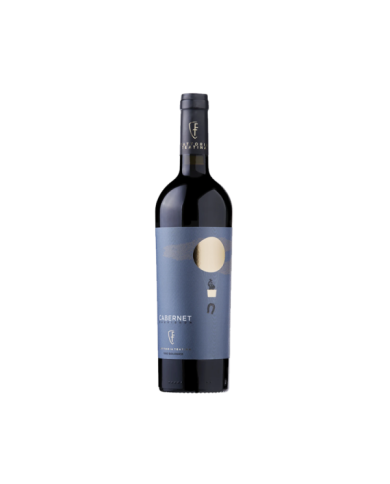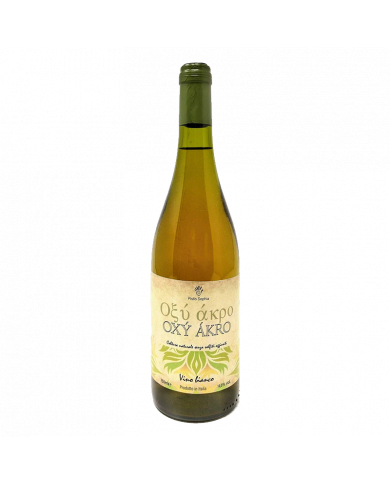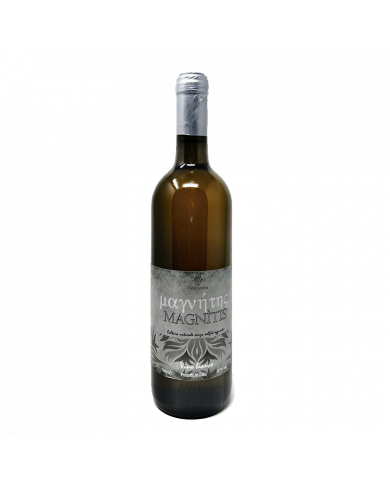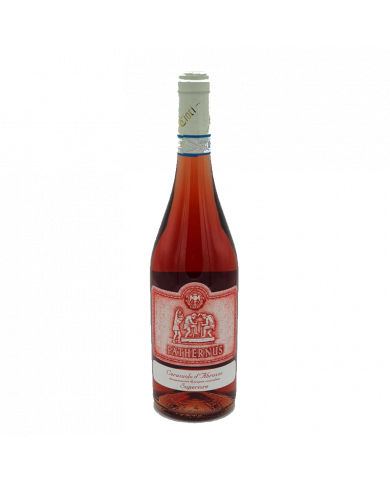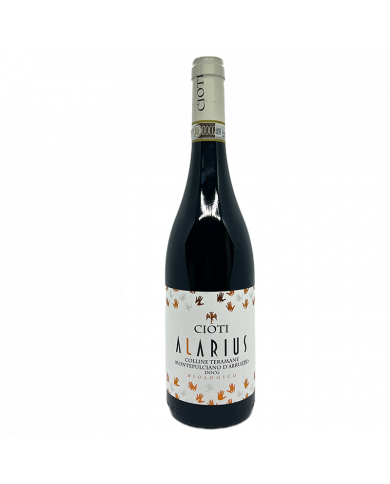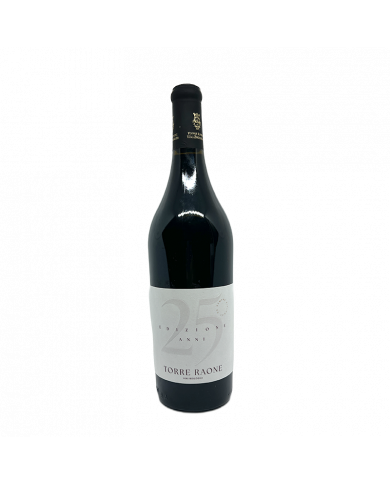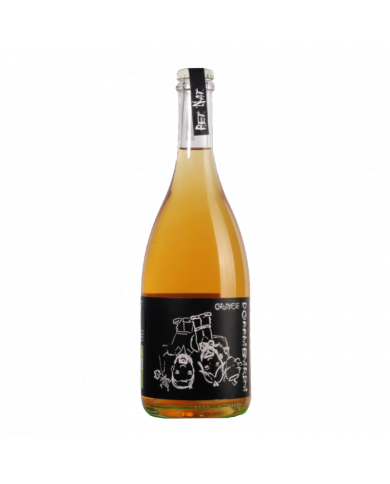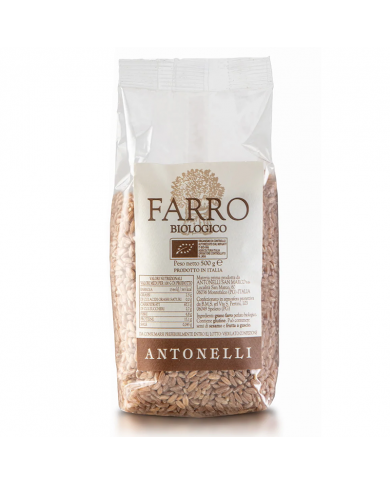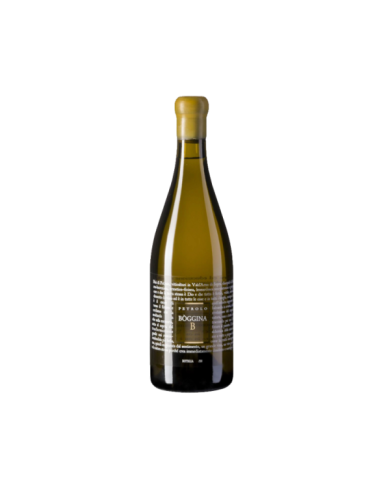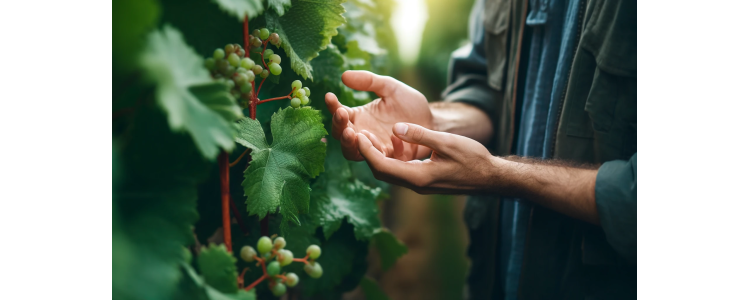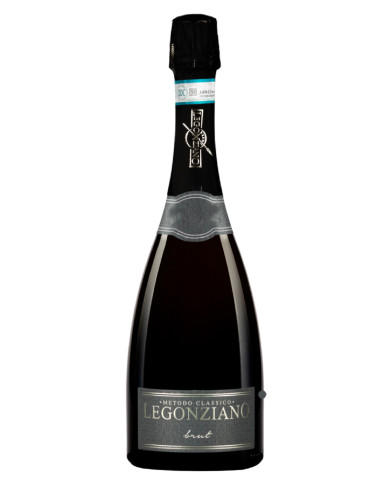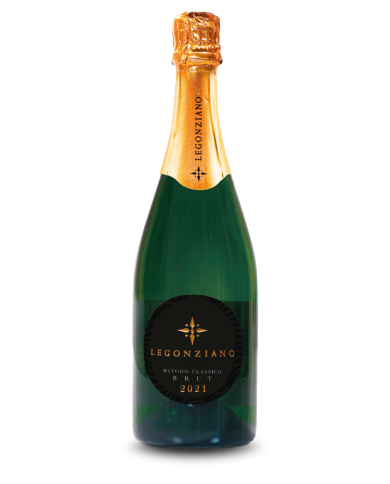A wine that tells the authenticity of nature, just as butterflies are proof of climate change.
Pairings
First courses of meat or fish, second courses of fish, roasted white meats, fresh or semi-mature cheeses
Pairings
Excellent as an aperitif and with all seafood cuisine, white meats and fresh cheeses.CHA PI is a wine that comes from the union of Chardonnay and Pinot Noir, the two vines from which the synthesis of the name originates. The RITUAL of turning the bottle upside down allows the most noble part of the yeasts adhering to the bottom to mix with each other, enriching the taste of the wine.
Synonymous with "sparkling" and contagious joy, it is the wine for aperitifs on long evenings, but with its moderate alcohol content, it is also appreciated by those who, for health reasons or food choices, prefer a more delicate but equally fine and elegant wine.
The terracotta, in which the spontaneous fermentation and refinement of MORMAJ Anfora takes place, makes the organoleptic qualities of this wine particular and unique!
The terracotta, in which the spontaneous fermentation and refinement of MORMAJ Anfora takes place, makes the organoleptic qualities of this wine particular and unique!
The terracotta, in which the spontaneous fermentation and refinement of MORMAJ Anfora takes place, makes the organoleptic qualities of this wine particular and unique!
In our cellar, between the MORrone and Majella mountains, MORMAJ IN BOLLE is born, a sparkling white wine, obtained from Trebbiano grapes, refermented in the bottle.
In our cellar, between the MORrone and MAJella mountains, MORMAJ is born, a still white wine obtained through spontaneous fermentation, not clarified, it is aged in steel tanks.
In our cellar, between the MORrone and MAJella mountains, MORMAJ is born, a still white wine obtained from Trebbiano grapes through spontaneous, unclarified fermentation, it is aged in steel tanks.
The vineyards are located at an altitude of about 400 meters and fall within the territory of the Gran Sasso Monti della Laga Park.
This Montepulciano d'Abruzzo belongs to the Bio line of Cantina Frentana and expresses all our respect for the earth and nature. A red that skilfully combines elegance, richness, softness and drinkability, resulting in a balanced and suitable accompaniment to rich and tasty first courses.
Cuv├®e Antica is a white characterized by floral and fruity aromas and characterized by fresh and savory notes. We recommend combining it with fish and shellfish dishes.
Cuv├®e Antica is a white characterized by floral and fruity aromas and characterized by fresh and savory notes. We recommend combining it with fish and shellfish dishes.
The vineyards are located at an altitude of about 400 meters and fall within the territory of the Gran Sasso Monti della Laga Park.
Grandfather's wine, fermented in wooden vats in contact with the skins with manual fulling.
The wine has a deep ruby red color with an intense aroma and fruity aromas, with notes of ripe red fruit as well as tertiary hints of green pepper, coffee, licorice and nutmeg. The warm, full-bodied, soft, tannic and long-lasting aromatic flavor is a real delight for the palate. To best enhance all its organoleptic characteristics, it is recommended to taste it in company and with grilled or braised red meats, cured meats and aged and flavored cheeses.
Stationmaster Montepulciano d'Abruzzo DOC Bio 2020, ruby red wine with violet reflections, the nose offers intense fruity aromas with notes of ripe red fruit. The flavor is full, soft and persistent with delicate tannins.
This ros├® is produced from a vineyard over 40 years old, trained with spurred cordon with a density of 2200 plants per hectare with a yield of 8000 kg / ha. The production area is on the hills around Paterno di Campli at an altitude of 400 meters above sea level
The vineyards are located at an altitude of about 400 meters and fall within the territory of the Gran Sasso Monti della Laga Park.
Alarius is a sincere red wine deriving from the native Montepulciano d'Abruzzo grape.
Dress the glass in a beautiful ruby red. The nose first reveals memories of black cherries, plums and black currant, then completed by spicy, herbaceous and medicinal herbs nuances. Warm and soft the sip, rightly tannic and slightly savory, characterized by a finish that recalls licorice and black pepper.
To combine with meat dishes, it is excellent with roast lamb chops.
Petrolo 's Boggina B is a full-bodied, soft and round Trebbiano Toscano-based white wine, vinified and aged for 24 months in barrique, in pure Burgundian style. Intense aromas of ripe fruit, flowers and vanilla emerge in succession in a structured and enveloping tasting experience, with good minerality, freshness and excellent elegance. Organic wine
Taste the Authenticity of Natural Wines!
Natural wines are an increasingly popular choice among consumers, offering a unique and authentic taste experience. If you're looking to learn more about natural wines and how to try them, you've come to the right place. In this article we will look at what natural wines are, how they are made, and how they can best be savored.
What is a Natural Wine?
A natural wine is a wine produced without the use of additives, pesticides or other chemicals. Natural wines are produced only with grapes, water and yeast, and are produced in a way that best preserves the natural taste of the grape. They are also generally produced in small quantities which means that each bottle of natural wine is unique and offers a unique tasting experience.
How Are Natural Wines Made?
Natural wines are produced using grapes, water and yeast. The production process is very different from that used to produce conventional wines. The first thing to know is that natural winemakers do not use additives, pesticides or other chemicals. Instead, they try to work with the grape in order to best preserve its natural flavor, carefully choosing the plants and carefully tending the vines.
Once the grapes have been harvested, they are macerated for 12-14 days at a controlled temperature. This leads to a greater extraction of aromas and flavors which give the wine its rich complexity. The wine is then fermented in wooden barrels or concrete vats. This fermentation process is slow and can last from two to six months. Fermentation in wooden barrels gives the wine added complexity, while fermentation in concrete vats gives the wine greater freshness.
How to Taste a Natural Wine?
Savoring a natural wine is a unique experience that offers a rich complexity of aromas and flavours. To better enjoy a natural wine, it is important to prepare the glass properly. The glass should be rinsed with warm water and dried with a soft cloth to remove any chemical residue. Therefore, the glass should be filled up to half with wine to get a good oxygenation.
Once ready, take a sip of the wine and savor it slowly. Savor the color, aroma, taste and texture of the wine. Try to get all the aromas and flavors of grapes, like fruit, grass, hay, chocolate and so on. Also taste the complexity of the wine, feeling how the aromas and flavors evolve over time.
Conclusion
Natural wines are a great choice for those looking for an authentic and unique tasting experience. They are produced without the use of additives, pesticides or other chemicals, and are produced in a way that best preserves the natural taste of the grape. As we have seen, natural wines are produced with grapes, water and yeast, and are fermented slowly. To best enjoy a natural wine, it is important to prepare the glass properly and taste slowly, trying to capture all the aromas and flavours, and savoring the complexity of the wine. If you are looking for an authentic and unique tasting experience, try a natural wine!

